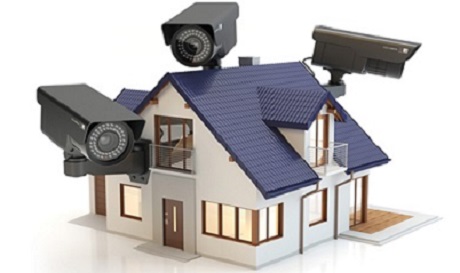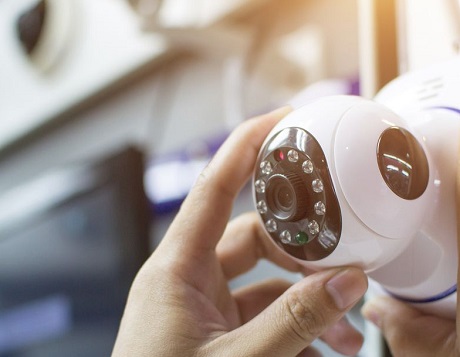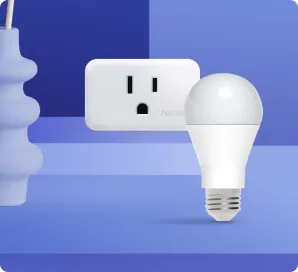The overriding issue of insecurity has meant that homeowners have needed to utilize different ways to keep their homes safe. The surest way that homeowners have leaned on to maximize surveillance is using CCTV cameras for home security. Security cameras improve the owner’s ability to protect their homes in various ways.
The growth of the need for home security systems has led to the development of the CCTV industry. More companies that make and install these cameras have featured in the demand with CCTV for home security as the target market. Camera installation represents the most challenging part of the process for homeowners, and these are the steps they can follow:
Preparation of the Home where the Homeowner will install the CCTV Camera for Home Security

The homeowner needs to plan how and where they will install the camera. Preparation involves:
- Marking the perfect position
- Understanding measurements for cable connection.
- Finding several spots for more than one camera.
Planning ensures the installation process is easier to undertake as it accounts for all eventualities.
When preparing their home, homeowners need to ensure the position chosen will cover the majority of the house. The security cameras have to only cover the areas of the home, with locations around other homes potentially causing problems if covered. Homeowners, therefore, need to plan very carefully for the installation taking these things into account.
Drilling Holes to ensure the CCTV Camera for Home Security is tightly Secured and Can be Mounted
After finding the perfect position, the next step is drilling holes where the camera location will be. Since most will be permanently installed, drilling holes is essential for digital security systems. Hole drilling needs to be secure to ensure outside vandals do not attempt to destroy or remove the camera from its position.
To effectively drill the holes before installation, the owner needs to use a mounting bracket to outline. The outline will give the owner the spots they need to fix the camera in and ensure stability in that aspect. The holes must be equivalent to the home security’s screws to ensure they do not fall out of place.
Marking Spots for Wiring to assist with the CCTV Camera for Home Security Installation
Wiring is another critical aspect as the owner needs to try and minimize the length of cable to use. Wiring helps the owner choose optimum positions without worrying whether the connection will be disturbed. Wiring also ensures that the lines are protected from potential harsh weather like rain which might affect quality.

Cable strength is vital to ensure support for the camera and prevent cable movement that could affect the video quality. Providing a proper pathway the cables follow is essential to ensure nobody or animal can tamper with it. Wiring also involves ensuring the ports on the receiver are locked in when the camera starts running.
Place the Receiver Ready to Connect with the CCTV Camera for Home Security through the Cables
Wiring from the camera to the house needs to connect to the receiver inside the house. The receiver plays a vital role since it is responsible for storing the camera records. The receiver needs to be secured to ensure no intruders or vandals can target it or access the recordings it has stored.
The receiver is responsible for transferring the recorded information to the display and ensuring quality pictures. For better-quality videos, the use of HDMI cables is suggested when transferring data from the receiver to the monitor.
Ensure the Display is Working and Mount the CCTV Camera for Home Security to Start Use
After the technical aspects of drilling, wiring, and ensuring the receiver is connected, the owner needs to mount the camera. Mounting the camera in the positions where the owner drilled the holes ensures they perform to the full potential. Ensuring the display is connected to the receiver, and showing pictures is also vital.
The Final Thoughts on the Installation of CCTV Cameras for Home Security
Installation is a process that can be done without any professionals, and homeowners can follow these easy steps to ensure quality. Drilling, wiring, and mounting the camera require some tools for the owner to use, but further than that, the process is not complicated. Following the correct methods ensures the picture quality of the screen displays is high.


















